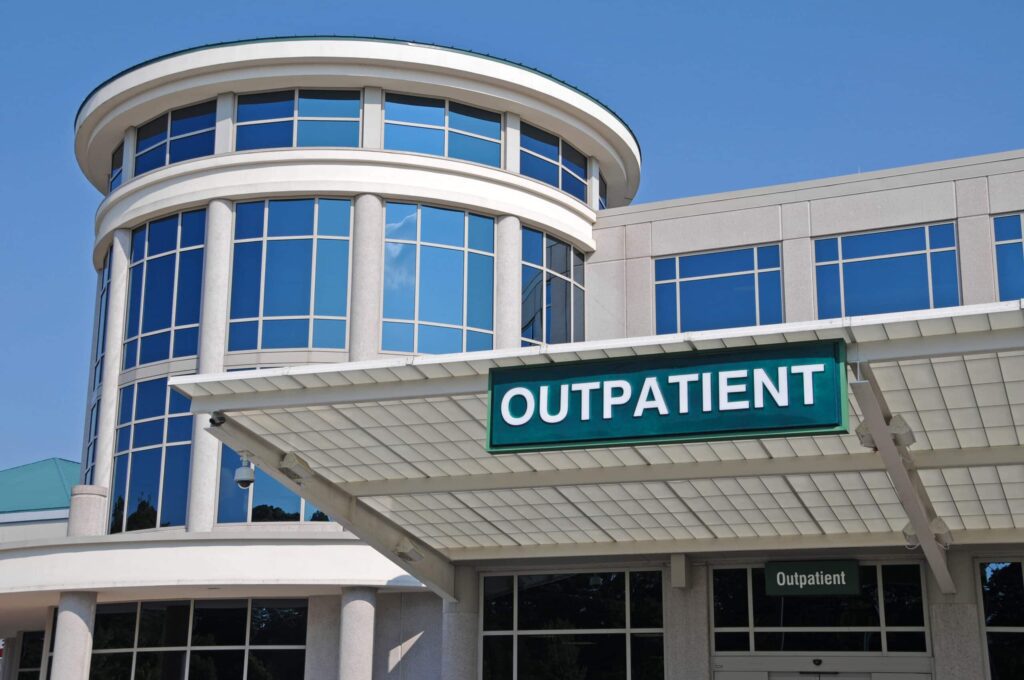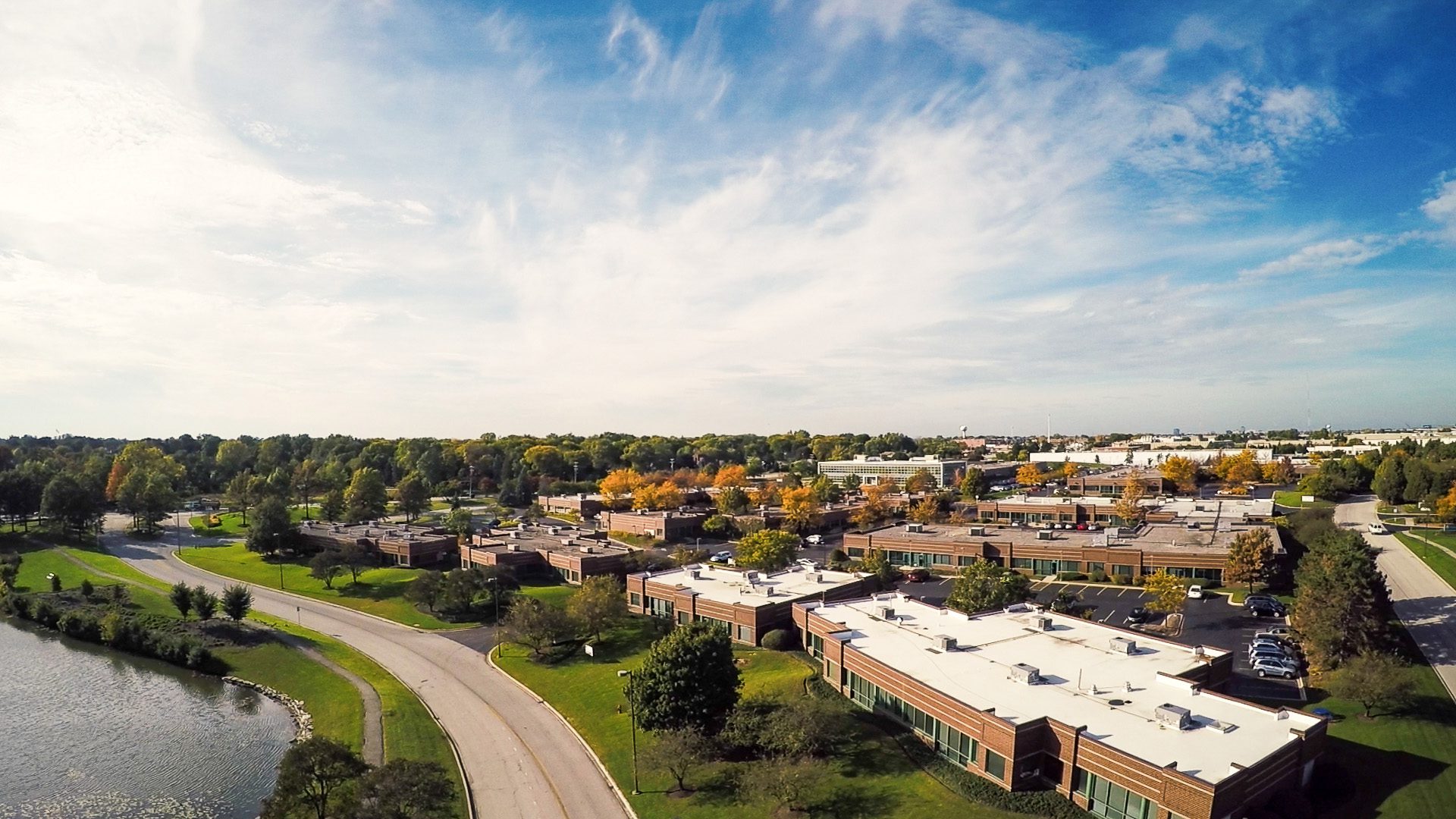November 2024
Medical Office Investors are in ‘Growth Mode’

From “Medical Office Investors are in ‘Growth Mode'” – Heartland Real Estate Business
Similar to other commercial real estate property types, the medical office sector experienced a drastic decline in investment sales volume in 2023 compared with 2022. Nationally, total investment in medical office buildings reached $7.3 billion in 2023, 62 percent below the record-setting $19.1 billion in 2022, according to Colliers. The average cap rate increased by 80 basis points to 6.8 percent during the same period.
But momentum is shifting now. Sellers have brought more product to market in the past few months compared with this time a year ago, says Tom Gnadt, senior associate broker with Oakbrook Terrace, Illinois-based NAI Hiffman.
“The medical office properties on the market have traded because banks and CMBS lenders remain willing to finance this asset class since it is more stable than the office sector,” says Gnadt. “So, while overall investment activity has decreased, we’ve still been able to get deals across the finish line. And now that we’ve seen interest rates decrease slightly, investors are a lot more optimistic moving forward.”
Seth Haron, first vice president of investments with the Detroit office of Marcus & Millichap, says he anticipates a strong rebound in sales volume to occur in 2025.
“With interest rates seemingly peaking and optimism growing about potential rate decreases in the coming year, the investment market, which thrives on stability, is poised for increased activity,” he says.
According to Haron, today’s investors typically favor assets with long-term triple-net leases, strong tenant credit and market rental increases. He says buyers are particularly attracted to mission-critical medical buildings such as surgery and imaging centers because of their specialized, high-cost buildouts, which increase the likelihood of garnering lease renewals from tenants.
Gnadt says that all types of buyers are active, from REITs to private funds and local syndicated-type groups, which are investors who pool money to buy a property. The larger institutional groups actively seek acquisitions $20 million or more, private funds are in the $5 million to $20 million range and local groups seek properties under $10 million.
“A lot of dry powder has been sitting on the sidelines for the last 12 to 24 months that needs to get out the door for all these kinds of groups,” says Gnadt. “When underwriting these properties, the biggest factors include the building’s existing conditions, vacancy rate and value-add potential.”
Nationally, the medical office sector’s vacancy rate declined 63 basis points in 2023 to 7 percent, according to Colliers. In contrast, the broader office sector’s vacancy rate increased 120 basis points to 16.9 percent during the same period.
Factors like aging population and increased demand for outpatient centers and behavioral facilities encourage the performance of the medical office sector.
Investment Criteria
Investors weigh potential medical office acquisitions against their checklist of desired building characteristics or locations. For instance, Stage Equity Partners has historically targeted growth markets with newer buildings that are anchored by strong healthcare systems or dominant physician groups, says Brian Howard, founder of the Skokie, Illinois-based firm.
“Ideally, the building will be located in a strong retail corridor or adjacent to a leading hospital, and the building should be large enough to support the growth of the practices,” says Howard. “We will acquire heavier value-add deals in our home market of metro Chicago. Otherwise, we look for largely stabilized multi-tenant transactions or single-tenant net lease opportunities.”
Stage has been working to upgrade common areas and parking areas as well as overhauling the HVAC and operating systems at a two-building property that it acquired in the northern Chicago suburb of Libertyville in late 2023. Nine new leases and lease extensions have been inked at the 125,000-square-foot complex, which was approximately 80 percent occupied at the time of sale.
Minneapolis-based Davis currently owns or manages 63 outpatient medical properties across 11 states. Principal and founder Mark Davis says the firm targets markets that are characterized by positive demographic growth, supported by local physician groups and healthcare systems. “We prioritize areas where there is an increasing demand for healthcare services, as these markets present future opportunities for expansion,” he says.
Davis also focuses on financially stable tenants who tend to invest long term in Class A outpatient facilities. The company seeks long weighted average lease terms with strong rent growth to “align with the fluctuating inflationary landscape.”
Davis recently acquired WestHealth, a three-building outpatient medical center totaling nearly 201,000 square feet in the western Minneapolis suburb of Plymouth, for $72 million. Anchor tenant Allina Health occupies roughly 73 percent of the property.
For Jay Heald, co-founder of Chicago-based Capital Healthcare Properties, buildings need to have a specific set of attributes that set them apart from competitive assets in the market. Examples include signage/branding opportunities, regional accessibility, floor plate size and parking counts.
In a joint venture with HSG Medical, Capital Healthcare Properties recently acquired a property formerly occupied by LA Fitness with plans to convert it into an outpatient ambulance surgery treatment center for a Chicago-area healthcare system. The building’s 25-foot ceiling heights and minimal columns provide an efficient and flexible floor plan for the healthcare build-out.
Similarly, Jon Boley, senior vice president of HSA PrimeCare in Chicago, looks for properties with “solid real estate fundamentals,” including access, visibility, parking and flexible floor plates. Following an acquisition, HSA PrimeCare seeks to add value through leasing, active property management, building renovation or expansion.
The firm is currently active in south suburban Chicago, northwest Indiana and metro Milwaukee – areas that Boley says are “prime for healthcare development and expansion” due to rapidly growing populations and proximity to healthcare hubs.
HSA PrimeCare acquired 4.5 acres of land in Crown Point, Indiana, and is marketing the property to healthcare providers. Once pre-leasing is secured, the firm plans to break ground on a two-building, 60,000-square-foot medical office complex.
MCB Science + Health evaluates potential acquisitions based on credit and service lines provided, according to Wilkingson Germain, CEO and managing partner of the Chicago-based firm.
“The presence of a significant anchor tenant in the form of a major local hospital or health system is not only an important piece for the credit perspective, but also drives a larger ecosystem of physicians to the building who can refer patients to the hospital,” says Germain. “On the service lines, we focus on the physician groups that emphasize the use of specialized equipment.”
Germain says orthopedics, cardiology, oncology, dermatology and ear, nose and throat groups capture his attention. These practice groups generally contain an ambulatory surgical center, cancer or imaging center.
This fall, MCB purchased a 72,000-square-foot building in the Chicago suburb of Naperville for $28 million. The four-story property was 96 percent leased at the time of sale and anchored by Endeavor Health, formerly known as Edward-Elmhurst Health.
Market Heats Up
The industry breathed a sigh of relief when the Federal Reserve issued a 50-basis-point interest rate cut in September. A 25-basis-point cut followed in November. Many anticipate a pickup in deal flow as a result.
“As interest rates go down, we’re going to see more buyers come off the sidelines,” says Gnadt. “In 2025, there will be opportunities for investors to get in at a lower basis than they otherwise would have when interest rates were in the 5 to 6 percent range.”
Haron says he believes buyers are in a unique position to purchase when the cost of capital is high, potentially leading to significant gains int he future as rates decline.
“Interest rates directly impact cost of capital and owners’ ability to pay lower cap rates,” states Howard. “Equally as important, sellers recognize that the market has improved, which allows for more inventory and more transactions. It’s a healthy environment for everyone.”
Howard says that Stage is “actively in growth mode” to build up its medical office portfolio after largely sitting on the sidelines for the past 24 months. The firm sold 12 buildings during the low-interest rate period of 2021 and 2022.
Stewart Davis, executive vice president of acquisitions for Davis, says he is optimistic that interest rates will decline further over the next 12 months, enhancing the capital markets environment and making both acquisitions and dispositions more attractive.
“We are actively seeking opportunistic acquisitions and developments that generate yield for our investment group, emphasizing the expansion of our provider relationships regardless of election cycles or economic fluctuations,” he says.
Davis also states that there is a segment of the outpatient medical building market where property financials are sound, but landlords may be under capital strain. “We anticipate that lower borrowing costs will lead to increased sales activity for those facing upcoming financing resets,” he says. “Consequently, we are more inclined to pursue a positive disposition strategy when pricing aligns favorably with accretive growth.”
Heald says he is optimistic for 2025, citing pent-up demand for medical services and medical spaces throughout the country. The combination of an aging population and lack of new construction starts over the last two years “will require healthcare providers to expand to capture increasing demand.”
Demographics shifts, rising healthcare expenditures and evolving delivery models provide compelling long-term growth opportunities for healthcare real estate, says Germain.
“Our acquisition approach to acquiring core plus and value-add assets remain aggressive,” he says. “With the general commercial office sector currently soft, we envision opportunities to reposition failing assets into medical office buildings to address continuing demand. The medical office asset class is thriving, as healthcare providers are increasingly establishing new or expanded locations where their patients live.”
Germain predicts 2025 will be active for acquisitions based on the momentum building this year.
“We believe 2025 will bring with it tremendous opportunities as interest rates steady, and buyers and sellers further close the gap on pricing expectations,” he says. “However, we plan to continue to foster our industry relationships and remain disciplined in our underwriting to ensure our investments exceed investor expectations no matter how 2025 unfolds.”
About Hiffman National:
Based in the Chicago area, with an additional five regional hubs and 30 satellite offices, Hiffman National provides superior property management, project services and accounting services to a diverse portfolio including office, medical office, retail and industrial properties nationally. The firm’s comprehensive property management platform and attentive approach to service contributes to client NOI and has helped the firm to more than double in size in five years. Hiffman National is an award-winning company with more than 250 employees strategically located throughout North America.
About NAI Hiffman:
NAI Hiffman is one of the largest independent commercial real estate services firms in the US, with a primary focus on metropolitan Chicago, and part of the NAI Global network. We provide institutional and private leasing, property management, tenant representation, capital markets, project services, research, and marketing services for owners and occupiers of commercial real estate. To meet our clients’ growing needs outside of our exclusive NAI Hiffman territory, we launched Hiffman National, our dedicated property solutions division, which provides property management, project services, and property accounting services across the country. NAI Hiffman | Hiffman National is and award winning company headquartered in suburban Chicago, with more than 250 employees strategically located throughout North America.


